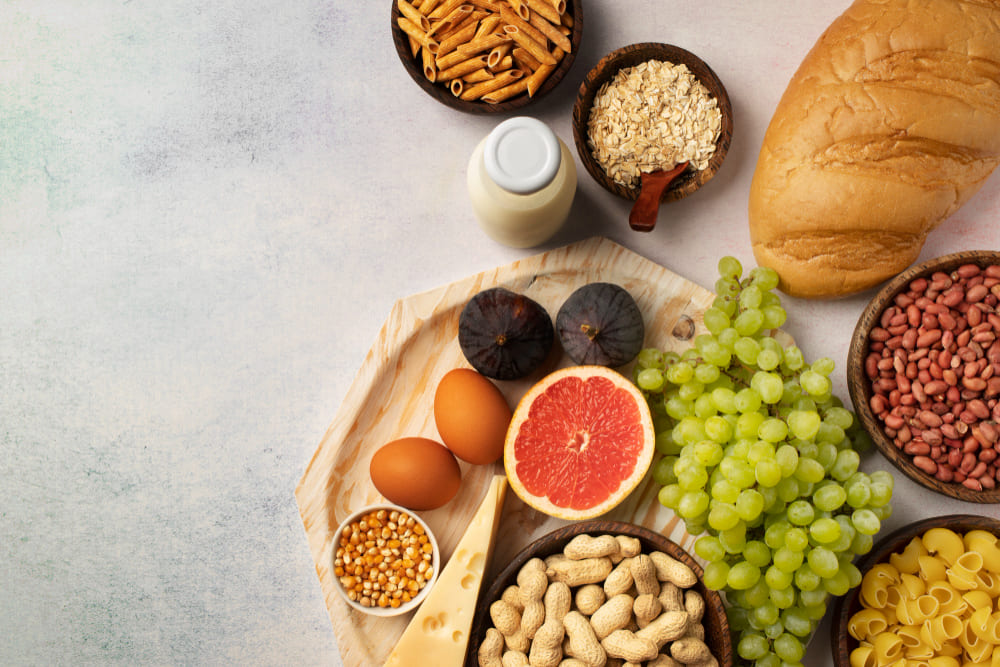Being healthy doesn’t have to be hard! With the help of The Grateful Grazer Whole Foods Nutrition Wellness, you can easily make sure you’re getting all the vitamins and minerals you need for optimal nutrition. In this blog post, we’ll explore how this innovative program helps you incorporate wholesome whole foods into your daily diet for a healthier and happier lifestyle.
Introduction to the Grateful Grazer Whole Foods Nutrition Wellness
If you’re like most Americans, you probably think of nutrition as something that has to do with eating healthy foods and staying thin. But nutrition is much more than that. It’s also about making sure your body gets all the vitamins, minerals, and other nutrients it needs to function properly.
The best way to get all the nutrients your body needs is to eat a variety of whole foods. Whole foods are those that have been minimally processed and are free of added sugars, unhealthy fats, and artificial ingredients.
It can help you maintain a healthy weight, reduce your risk of chronic diseases like heart disease and diabetes, and promote overall health and well-being.
If you’re ready to start eating more whole foods, the Grateful Grazer Whole Foods Nutrition Wellness Program can help. This 12-week program will teach you how to shop for, cook, and eat whole foods so you can get all the nutrients your body needs.
What are Whole Foods?
Whole foods are unprocessed or minimally processed foods that are free of added sugars, artificial sweeteners, colors, flavors, preservatives, and other synthetic ingredients.
Whole foods are nourishing and health-promoting because they contain all the essential nutrients needed for optimal health.Whole foods are also a great source of energy and help to promote a healthy weight.
Eating a diet rich in whole foods has been shown to reduce the risk of chronic diseases such as heart disease, stroke, cancer, diabetes, and obesity. Whole foods are also beneficial for mental health and can help to improve moods and reduce stress levels.
How to Incorporate Whole Foods Into Your Diet
If you’re looking to incorporate more whole foods into your diet, there are a few simple ways to do so. First, try to cook more meals at home using whole, unprocessed ingredients. This can be as simple as swapping out white rice for brown rice, or using fresh fruits and vegetables instead of canned or frozen ones.
Another way to increase your intake of whole foods is to make sure you’re including them in your snacks and meals throughout the day. For example, top your morning oatmeal with some fresh berries or sliced bananas, or pack a lunchtime salad with plenty of dark leafy greens and other nutrient-rich veggies. And for a satisfying evening snack, reach for a piece of fruit or a handful of nuts instead of processed junk food.
By making small changes like these, you can easily add more whole foods into your diet and enjoy all the health benefits that come along with them!
Tips for Eating Healthily on a Budget
- Shop at the right time. For example, buy fruits and vegetables when they are in season and on sale.
- Consider generic or store brands instead of name brands. They often cost less but are just as good.
- Buy in bulk when possible. This can help you save money on items that you use frequently or that have a long shelf life.
- Use coupons and take advantage of sales when you can. This will help you stretch your budget further.
- Make simple meals at home instead of eating out all the time. Eating out is usually more expensive than cooking at home.
- Avoid processed foods as much as possible since they tend to be more expensive and less healthy than whole, unprocessed foods
Recipes Using Whole Foods
There are endless possibilities when it comes to recipes using whole foods.
Here are a few of our favorites:
- Roasted Sweet Potato, Kale and Quinoa Salad: This hearty salad is perfect for a fall or winter meal.Sweet potatoes are roasted until tender and then tossed with kale, quinoa, dried cranberries, pumpkin seeds and a simple vinaigrette.
- Spaghetti Squash with Tomato Sauce: This lightened up version of classic spaghetti uses spaghetti squash in place of pasta. The squash is roasted and then topped with a homemade tomato sauce made with fresh tomatoes, garlic and herbs.
- Winter Vegetable Soup: This soup is packed full of nutritious winter vegetables like carrots, celery, parsnips and turnips. It’s the perfect way to warm up on a cold day!
- Shepherd’s Pie with Sweet Potato Topping: This shepherd’s pie is made with ground lamb (or beef) and topped with a creamy sweet potato mash. It’s the perfect comfort food for a chilly night!
- Coconut Quinoa Porridge: This healthy porridge is made with quinoa, almond milk and shredded coconut. It’s a delicious and hearty breakfast that will keep you satisfied all morning long!
Conclusion
The Grateful Grazer is a wonderful resource for those who are looking to make informed choices about their health and nutrition. With an extensive library of recipes, tips, articles, and more, it can be a great starting point for anyone interested in learning more about whole foods nutrition and wellness. Whether you’re just beginning your journey or already well on your way to mastering the art of healthful eating, The Grateful Grazer has something that will benefit you. Take advantage of this amazing tool today and start taking control over your own well being!
